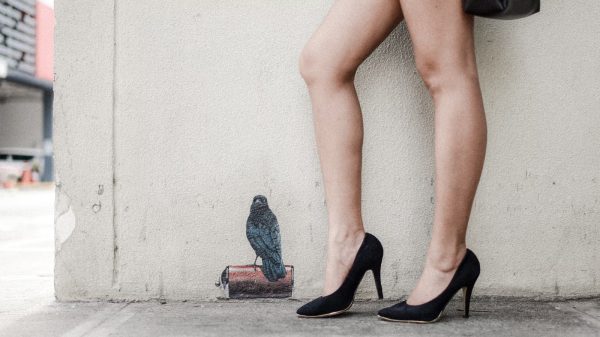As early as 4 years old, children associate power and masculinity, even in countries considered to be more egalitarian like Norway. This is what scientists at the Institut des Sciences Cognitives Marc Jeannerod (CNRS/Université Claude Bernard Lyon 1) report, in collaboration with the Universities of Oslo (Norway), Lausanne and Neuchâtel (Switzerland), in a study published in Sex Roles. They also show that in some situations the power-masculinity association does not manifest in girls.
Little is known about how representations of power interact with gender in early childhood. Researchers at the Institut des Sciences Cognitives Marc Jeannerod (CNRS/Université Claude Bernard Lyon 1), in collaboration with the Universities of Oslo (Norway), Lausanne and Neuchâtel (Switzerland) wanted to know whether children aged 3 to 6 years old in France, Lebanon, and Norway attribute more power to masculine figures than feminine figures.
In a first experiment, they showed the children a picture with two non-gendered individuals. One of them adopted a dominant physical posture and the other a subordinate posture. First the children had to guess which of these two individuals was exerting power over the other. Next they had to assign a gender to each individual (Who is the girl? Who is the boy?). The results reveal that from 4 years old, a large majority of children consider the dominant individual to be a boy. The power-masculinity association was observed in both boys and girls, and just as much in Lebanon as in France and Norway. However it was not significant in 3-year old children.
In a second experiment, this time in children aged 4 and 5 years old all in school in France, had to imagine themselves in the picture and imagine the other person as a boy or a girl. When the children had to consider their power relation with a person of the same gender as themselves, the girls and boys both largely identified with the dominant character. But when they had to consider their power relation with a person of the opposite gender, boys identified more often with the dominant character whereas girls did not significantly identify more with one or other of the characters.
Finally, in a third experiment, children aged 4 and 5 years old in Lebanon and France watched a series of exchanges between two puppets, one representing a girl and the other a boy, behind a board (1). In one case, the puppets were getting ready to play a game together and the child heard one impose their choices on the other. In the other case, one puppet had more money than the other to buy ice cream. In France and Lebanon, most of the boys thought that the puppet that imposed their choices or that had more money was the male puppet. However, the girls in both countries did not attribute the dominant position preferably to one or other gender.
These results show that children have early sensitivity to a gender hierarchy, though in some situations girls do not associate power and masculinity. The scientists now hope to find out what power forms they attribute to feminine figures and whether they legitimize the expression of gendered power.
1 The puppets, which were shown to the children before being hidden behind the board, were manipulated by the same speaker and “spoke” with the same voice, working as in a cartoon. So, behind the board, it was not to possible to differentiate them by their voice.





































































